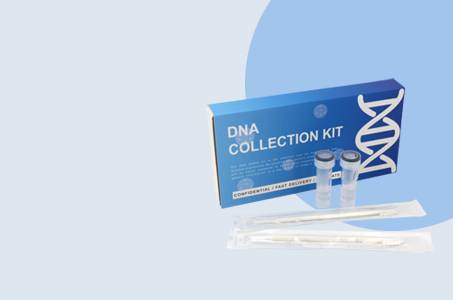What Is the Procedure for an Influenza Swab Test?
December 14, 2023 2024-01-19 1:38What Is the Procedure for an Influenza Swab Test?

What Is the Procedure for an Influenza Swab Test?
The procedure for an influenza swab test, also known as a rapid influenza diagnostic test (RIDT), is as follows:
1. Preparation: The healthcare professional performing the test will wear gloves, a mask, and eye protection to prevent the spread of infection.
2. Patient positioning: The patient will be asked to sit upright or lie down with their head tilted back slightly.
3. Nasal swab: The healthcare professional will insert a long, flexible nasal swab into one of the patient’s nostrils until resistance is felt. The swab is then gently rotated for a few seconds to collect a sample from the back of the nose.
4. Throat swab (optional): In some cases, a throat swab may also be performed. The healthcare professional will use a separate swab to gently rub the back of the patient’s throat to collect a sample.
5. Sample collection: The swabs are carefully removed from the patient’s nose or throat and placed into a sterile transport tube or vial containing a special liquid to preserve the sample.
6. Test kit preparation: The healthcare professional will follow the instructions provided with the RIDT kit to prepare the test. This typically involves adding the sample to a test cartridge or cassette.
7. Test execution: The prepared test cartridge or cassette is inserted into a reader or analyzer machine, which detects the presence of influenza antigens in the sample.
8. Results interpretation: The machine will display the test results within a few minutes. A positive result indicates the presence of influenza antigens, while a negative result suggests the absence of influenza antigens.
9. Reporting and treatment: The healthcare professional will inform the patient of the test results and provide appropriate recommendations for treatment, such as antiviral medications or supportive care.
It’s important to note that the exact procedure may vary slightly depending on the specific test kit and healthcare facility. Additionally, more accurate and sensitive tests, such as polymerase chain reaction (PCR) tests, may be used in certain situations.




